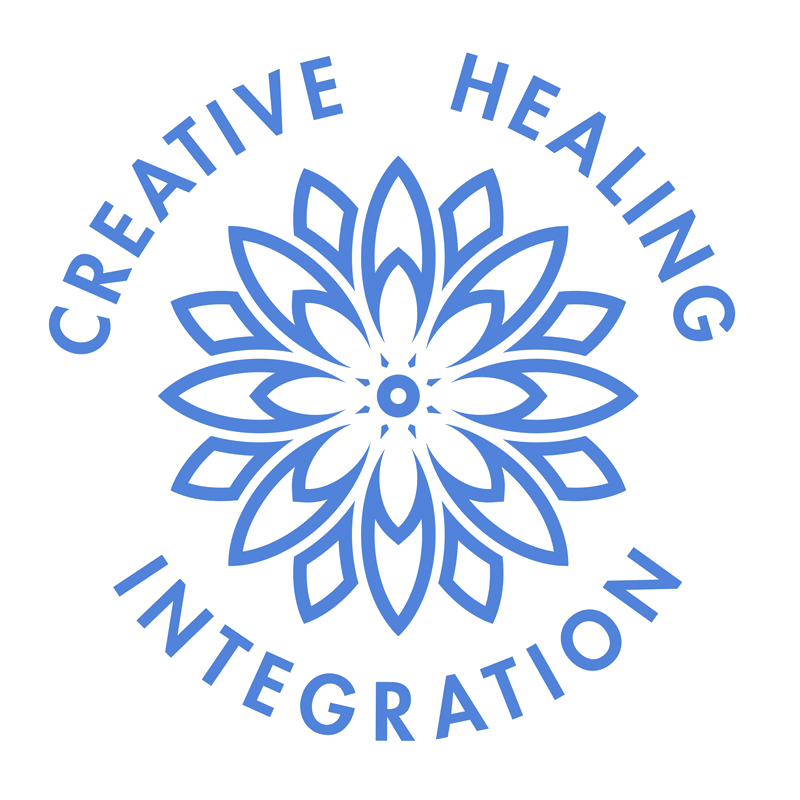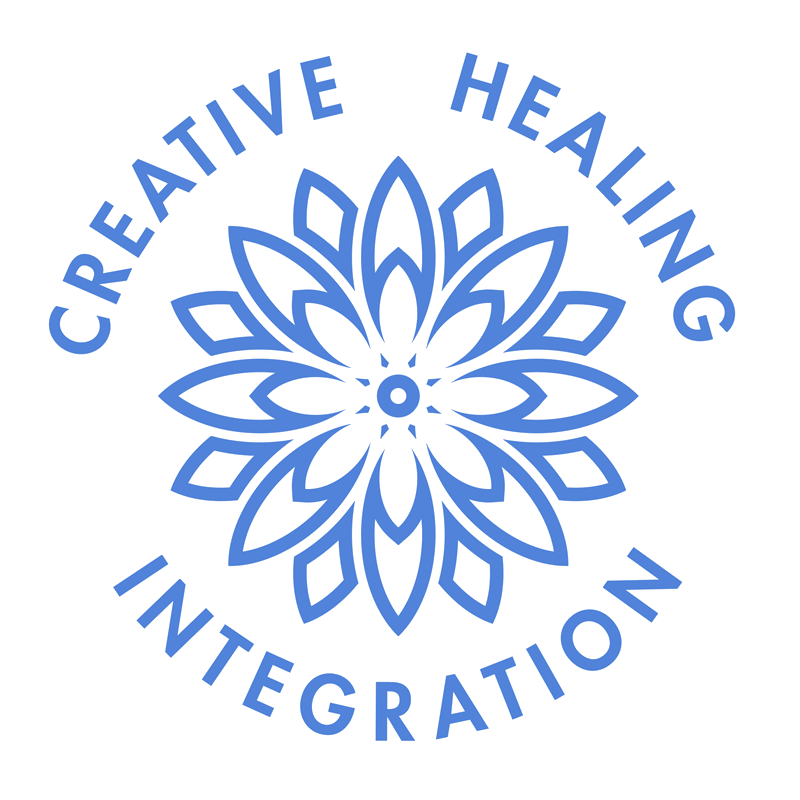Attachment Styles And The Intrapersonal Experience

If you spend any time on social media, you’ve likely heard about Attachment Styles. This hot topic is widely discussed by social media therapists, coaches, and wellness enthusiasts. When used only as a tool to discuss interpersonal relationships, we miss the opportunity to dig deeper into the ways we attach intrapersonally, to ourselves. We all have a relationship with ourselves—some more conscious of it than others. By understanding your Attachment Style, you open the door to understanding and deepening your relationship to Self.

Understanding the Intrapersonal Experience
The term "intrapersonal relationship" refers to the relationship you have with yourself. In other words, it describes your internal experience of life.
We all have an internal experience of what it's like to be alive, and our attachment style has a huge impact on how we perceive that experience. The way we think about ourselves and others, and the way we feel about ourselves and others, are all part of our intrapersonal relationship.

Do you remember the first time you saw your reflection in a mirror? How many years old were you at the time? What did it feel like to see yourself for the first time?
This is a tangible illustration of how we experience our intrapersonal relationships. Throughout life, our conscious and unconscious mind delivers messages about what we think and believe about ourselves and our experiences, both good and bad. The more conscious we are of our own internal experience, the better equipped we are to understand where our thoughts, emotions, and beliefs are coming from. If you're not aware of what's going on inside your own head, it's really hard to move through life with a growth mindset.
What is an Attachment Style?
Attachment Styles develop as a result of interactions with caregivers during childhood development. These styles dictate how we perceive ourselves throughout life and how we interact with others on an emotional level. The types of relationships we form as adults, both with ourselves and others, will depend largely on our early childhood experience.

There are many important theories about attachment, but the framework I find most relevant for this discussion are from John Bowlby and Mary Ainsworth. In their work, they identify the four main attachment styles as Secure, Ambivalent/Anxious, Avoidant, and Disorganized.
Knowing your attachment style can help you better understand what motivates your thoughts, emotions, and behavior. Recognizing that there are wounds from childhood that may be driving your experience can help you heal from those wounds and move forward into a healthier intrapersonal relationship. Does one of the attachment styles below resonate with you more than the others?
Secure Attachment
Childhood Experience: Your needs were met consistently enough. Your thoughts and feelings were acknowledged, your personal space was valued and respected, and you knew someone was there if you needed them.
Adult Experience: You generally feel content in your life, work, and relationships. You are self-aware and comfortable feeling and expressing your emotions. Your social experience is easy, and warm, and you’re able to build meaningful relationships, both romantic and platonic.
Ambivalent/Anxious Attachment
Childhood Experience: Your needs weren’t met in a reliable or dependable way. Whether physically or emotionally, you weren’t completely seen and nurtured. When you felt big feelings, you were dismissed rather than receiving comfort and reassurance.
Adult Experience: You often feel paralyzed by a deep fear of abandonment and rejection. Low self-esteem and negative self-talk take up much of your mental real estate. Interpersonal relationships are challenging and you often display a tendency toward clinginess.
Avoidant Attachment
Childhood Experience: You experienced neglect or abuse from your caregiver(s). When you looked for care and support, you were often punished, shamed, or dismissed. The neglect or abuse may have been physical, sexual, or emotional.
Adult Experience: On the outside, you come across as confident and self-sufficient. You experience your sense of worth from your achievements and success in life. You struggle to let in emotional or physical intimacy, and as a result, struggle to build healthy relationships.
Disorganized Attachment
Childhood Experience: You experienced a blurring of boundaries and a lack of clarity on your role as a child. The ways your caregiver(s) parented were inconsistent. While being a source of comfort, your parent was also a source of fear.
Adult Experience: Trusting others does not come naturally or easily. You’re inconsistent in the ways you connect with others and build relationships. You might suffer from mental health challenges, such as substance abuse, anxiety, or depression.
Attachment wounds can sometimes be very deep and difficult to heal from. They exist deep within the fabric of our being, dictating the ways we perceive ourselves and our worth. However, these patterns don't exist in a vacuum; they come from somewhere, and understanding where they come from can help us heal our intrapersonal relationships. In my work as a therapist, I've seen that this process is a vital step toward becoming more secure in the Self, adjusting unhealthy patterns, and identifying with your innate worthiness.

Healing Attachment Wounds & Mending the Intrapersonal Relationship
Knowing where you came from can help you know where you are. Using your Attachment Style as a framework for self-discovery allows you to discover the ways you treat yourself, trust yourself, and care for your internal needs.
For example, if you identify with an Ambivalent/Anxious Attachment Style, you likely struggle with negative self-talk, abandoning your needs, and stuffing challenging emotions. If you have an Avoidant Attachment Style, you might carry deep shame, tend to punish yourself for small mistakes, and neglect your need for physical and emotional intimacy. Finally, if you have a Disorganized Attachment Style, it’s probable that you struggle to trust your emotions, deny yourself comfort, and feel uncertain about your place in the world.
Regardless of your Attachment Style, building a toolbox of skills and prioritizing a consistent self-care routine is an important step toward a more secure intrapersonal relationship. These three suggestions will help you begin your healing journey:
Choose a positive mantra that speaks to your attachment wound and write it down somewhere you will see it each day
Hold space for your deep emotions by journaling throughout the week. You might try a 2-part dialogue between your Insecure Attachment Style and a Secure Attachment Style.
Schedule time with a therapist, coach, or mentor who is familiar with Attachment Theory. Process your childhood experience and seek to learn about how it affects your internal dialogue.

Here's the thing: when you work through your attachment wounds, you open the door to a fuller, healthier relationship with yourself—and that can change everything. When you heal from an insecure Attachment Style, you're able to give yourself more love and compassion than ever before. And when you learn how to love yourself more deeply, it's easier to let in love, comfort, and acceptance from others, too.
Disclaimer:
If any of this material is causing unease or distress, it may be a sign there is a need to unpack these broad categories with a therapist or a coach. You can also reach out to an attachment-based therapist: PsychologyToday
Follow me on Facebook, Instagram, LinkedIn, and visit my website for more info!


0 comments
Leave a comment
Please log in or register to post a comment